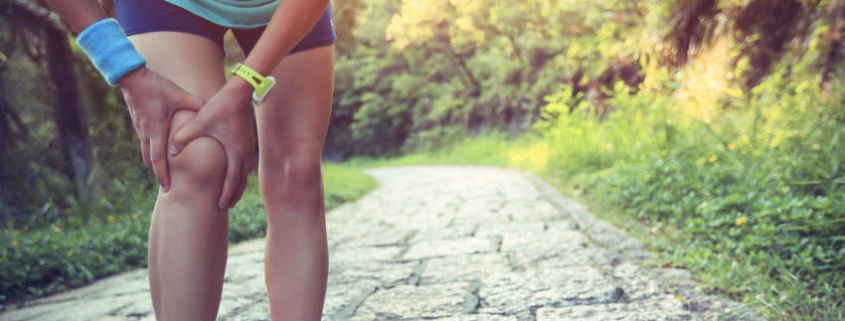Myofascial Inner knee pain & stiffness
“Osteopathy is based on the perfection of nature’s work. When all parts of the human body are in line we have health. When they are not the effect is disease. When the parts are readjusted disease gives place to health. The work of the Osteopath is to adjust the body from the abnormal to the normal; then the abnormal condition gives place to the normal and health is the result of the normal condition.” A. T. Still
Tightness in your inner knee can interfere with simple tasks like walking, sitting as well as functioning at an optimal level for sport.
Inner knee tightness or stiffness in the knee can be caused by injuries, muscle imbalance, poor biomechanics (turned out hips, flat feet etc), inappropriate exercise, poor movement habits or degenerative changes to the knee or hip. Fast walking is also considered as a factor that causes pain in patients suffering from knee disorders. One of the causes of medial knee pain and/or stiffness can involve increased muscle and fascial tension of one leg which can cause a pelvic tilt and compensatory tightening of other muscles such the gluteal muscles (glutes). Adhesions and scar tissue from a previous ankle sprain (even if it happened years ago), can lead to gait changes resulting in another set of problems. These changes can contribute to tight fascia at this junction of the knee where several low inner thigh, hamstring and calf muscles connect.
The inner thigh muscles/hip adductors (adductors longus, brevis and magnus, and the pectineus and gracilis), bring the leg back to the midline. When these muscles are used properly they support healthy knee functioning. Gracilis (a hip adductor), shares a tendon with the sartorius (a hip flexor) and the semitendinosus (an inner hamstring muscle). The tendon is called the pes anserinus and it attaches to the shin bone at the inner knee. Overuse of the three muscles (usually from cycling or running) can cause the tendon become tender and inflamed resulting in pain at the inner knee.
Knee pain is often caused or aggravated by weakness or tightness in the muscles and tendons that connect to the knees—specifically, the adductors, glutes, hamstrings, calves, and quads. Thigh muscles may become tight due to the extended amount of time spent in the seated position during the workday or after injury or a period of inactivity and immobilisation.
Many of the muscles which connect at the knee start at the hip. It is therefore very important to keep one’s hips loose and strong just as nature intended, by doing squats. The squat should be a hip-dominant exercise and not a knee-dominant exercise to reduce the load on the knee. Muscles need to be strong and supple enough to support the knee through a full range of motion and thus strength deficits can cause a decrease in joint mobility. Exercise should only be performed with correct form and only through a pain free range of movement.
Osteopaths take a whole body approach and start the consultation with a thorough case history. An osteopath will then do an examination to assess your knee pain. This information helps your osteopath to diagnose which joints, ligaments and muscles are inflamed and the type of biomechanical imbalance that may be present.
The osteopath will address the joint, ligament and muscle imbalances of the knee, as well as looking for other compensations taking place from the ankle and feet up to the hip and lower back that may be contributing to your knee pain. There are many reasons the inner knee area can get tight or knotted up, and for any solution to be truly lasting we would need to discover the root cause and address it through osteopathic diagnosis and treatment.
Osteopathic treatment may involve myofascial release, gentle soft tissue massage, articulation, stretching and manipulation as well as postural and exercise advice.
View a list of common complains that Osteopathy can assist with
Discovery the benefits of Osteopathy
- What is Osteopathy?
- Adult health issues
- Babies and Children
- During and after pregnancy
- Common Complaints
- Testimonials
- Sports Injuries
- Genral Osteopathy FAQs
- The Science & Reasearch



